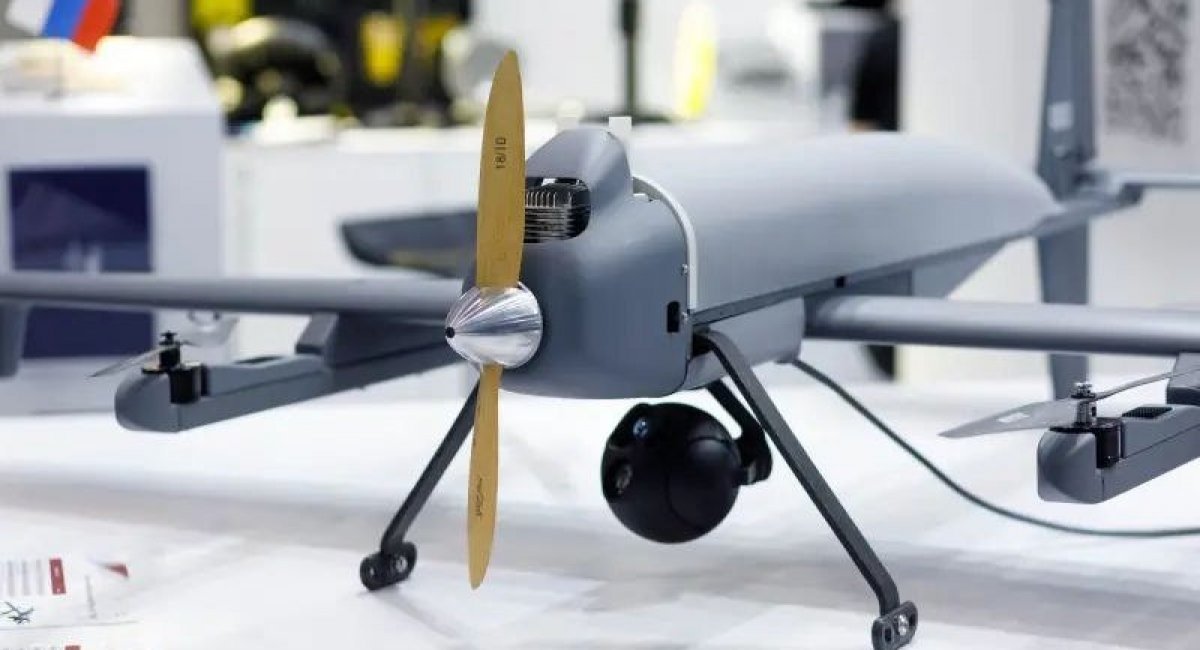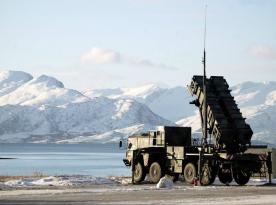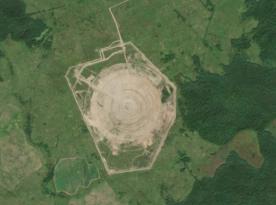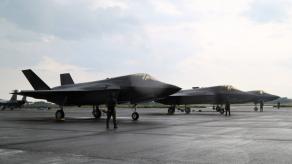The russian occupation forces are likely using drone motherships on the battlefield, which allow FPV drones to be deployed over much greater distances.
As reported by communications, electronic warfare, and radio reconnaissance specialist Serhii Beskrestnov "Flash", russian forces struck the positions of one of Ukraine's defense units with two standard FPV drones from a distance of 40 km from the front line.
Read more: Ukraine's Biggest FPV Drone, the Hornet Queen, Revealed: Bomber, Kamikaze, Minelayer, Mothership
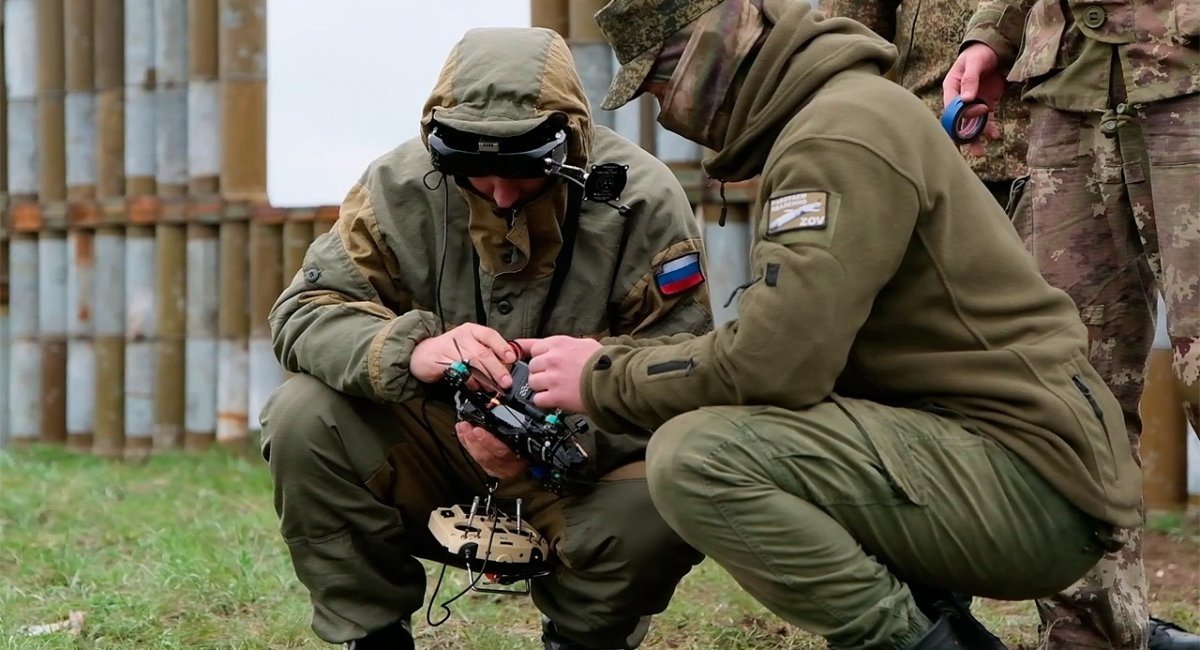
The specialist suggests that to "deliver" FPV drones over such a long distance, a drone mothership is likely being used. This refers to a larger carrier drone that first conducts reconnaissance and then attacks targets using the FPV drones it carries onboard. It also serves as a relay for control and video transmission. Beskrestnov notes that in this case, the effectiveness of trench-based electronic warfare (EW) is zero.
This is likely one of the first recorded instances of the enemy using regular FPV drones together with a mothership over such a long distance. As Flash notes, the carrier for the FPV drones could be either a conventional bomber drone or a "wing" drone – the enemy had previously demonstrated such a prototype as an FPV drone carrier.
Firstly, it should be noted that Ukraine also has such a development in its arsenal. For example, back in May of this year, it was reported that a Mothership with still-classified functionality had been created for Ukrainian FPV drones – this development is being tested by the 414th Separate Battalion of Strike Unmanned Aviation Systems of the Ukrainian Armed Forces, known as Madiar's Birds. However, for obvious reasons, no specific details about this development have been disclosed, so its capabilities remain confidential.
As for the russian occupying forces, the enemy has repeatedly demonstrated its plans to equip itself with mothership drones, and the enemy's propaganda media have occasionally published information about various developments in this direction. Recently, the enemy claimed that LLC SPC BERKUT, based in the Republic of Buryatia, created the Burya-20 mothership drone, designed for launching FPV drones, and allegedly put it into small-scale production.
Earlier this year, a mothership drone named Pchelka was also demonstrated. However, the russians claimed it was too heavy and lacked sufficient speed to be effectively used on the battlefield. As a result, they decided to develop a new model capable of launching FPV drones.
Overall, from the described episode of using the mothership drone against Ukrainian positions, two main advantages of such weaponry emerge: the extension of the range of FPV drones and the neutralization of the effectiveness of trench-based electronic warfare systems.
At the same time, one can consider the option of destroying such copters using the same anti-aircraft FPV drones, especially since the Wild Hornets have demonstrated that their FPV drones achieve speeds exceeding 260 km/h. In any case, this is a threat that should be addressed proactively, even if this tactic does not become widely adopted.
Read more: russians Say They Created FPV Drone Carrier with Machine Vision Called Burya-20




